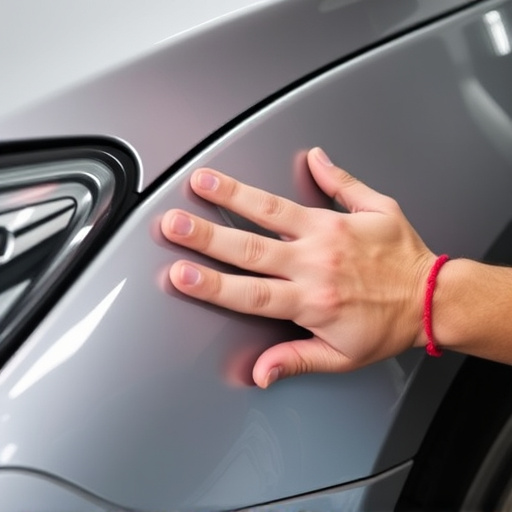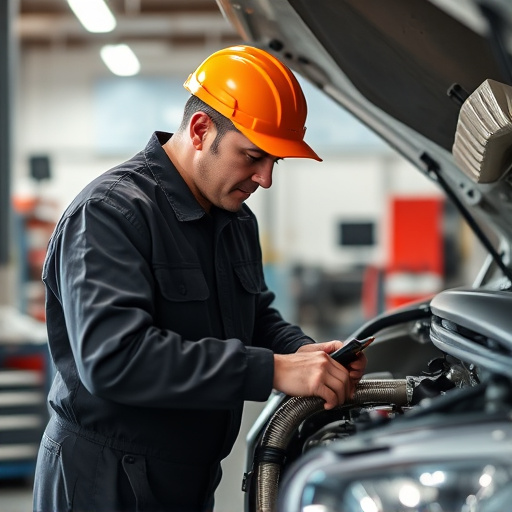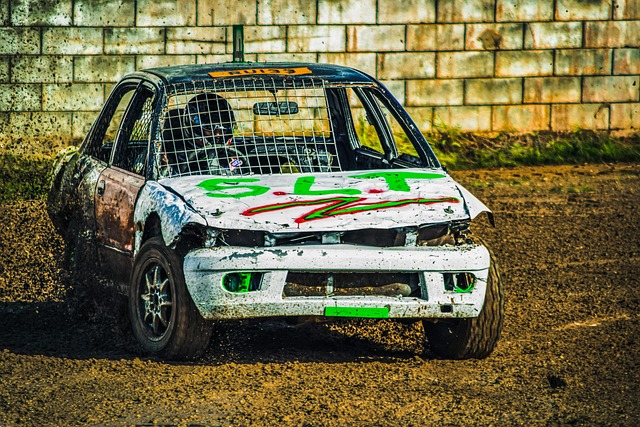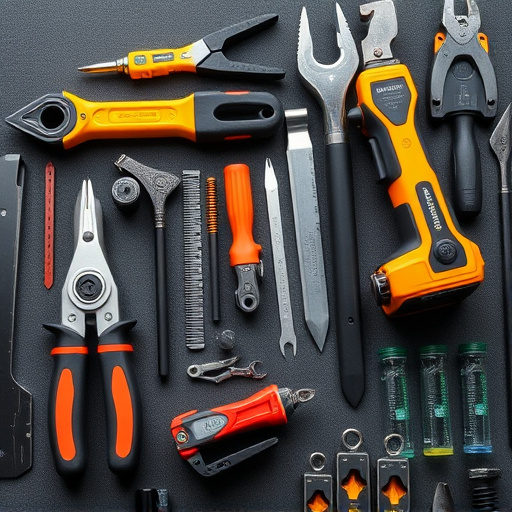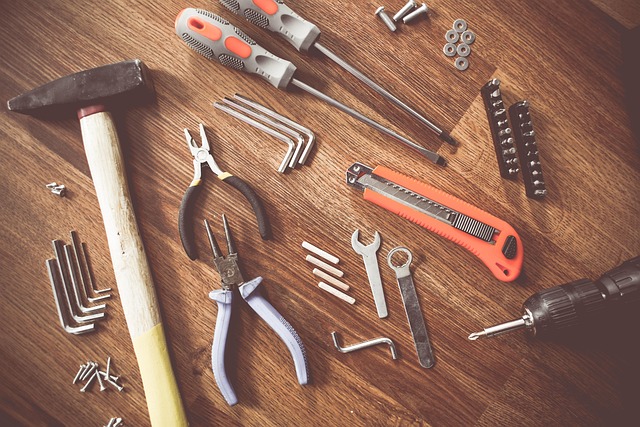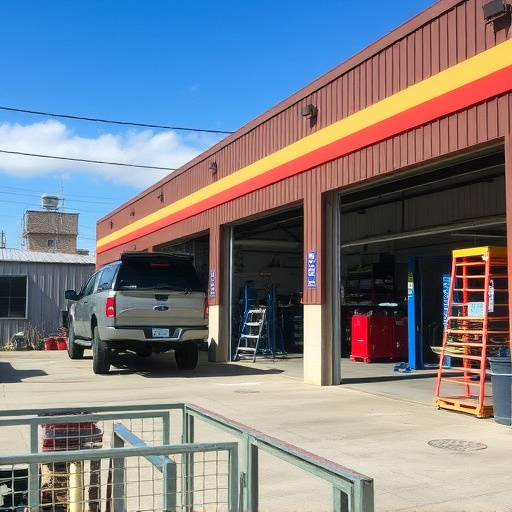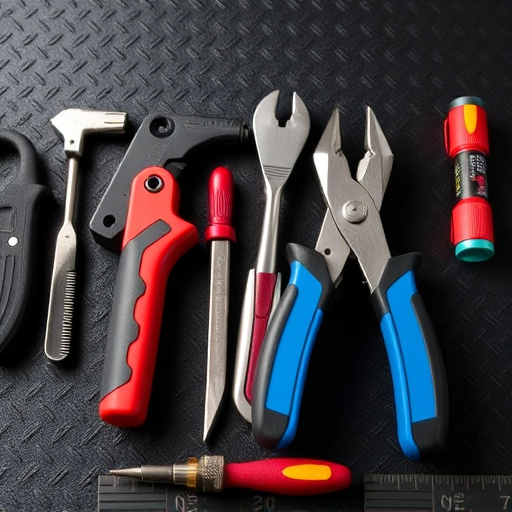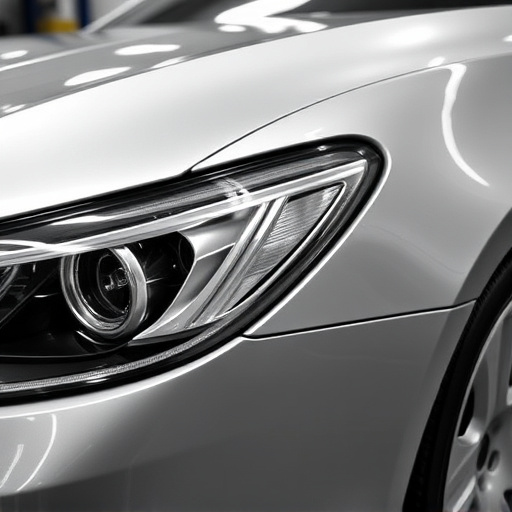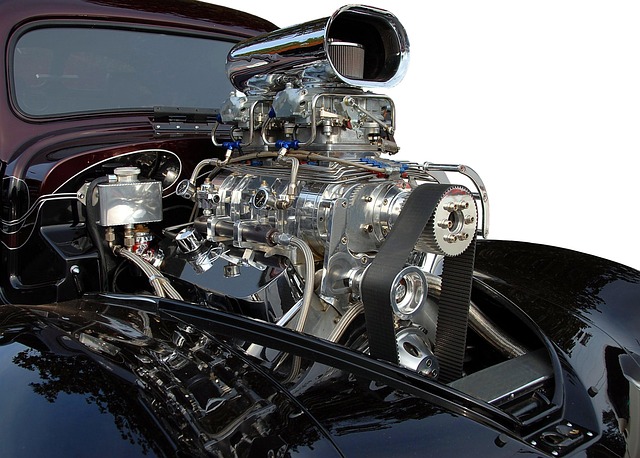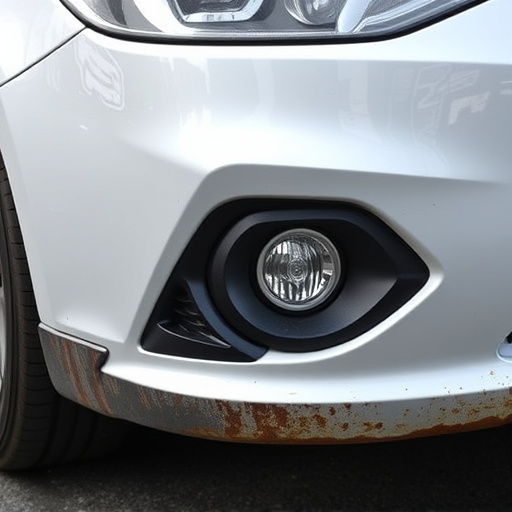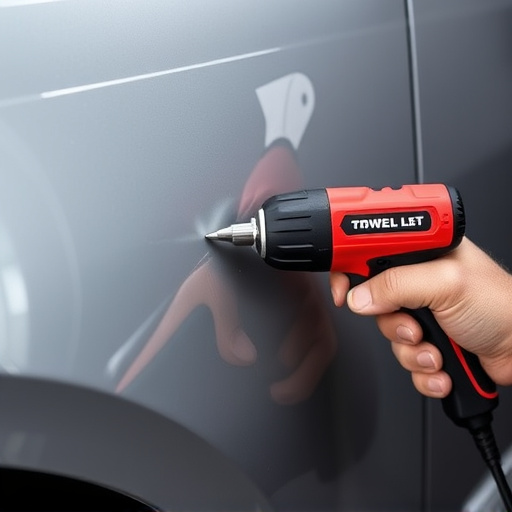Tesla collision diagnostics revolutionize auto collision repair with sophisticated solutions for frame and structural damage. Integrating sensors, cameras, and algorithms, this technology offers a comprehensive scan of vehicle frames, detecting even subtle imperfections. The multi-step process begins with visual inspection and uses laser measuring devices and 3D scanning to quantify frame straightness and body panel alignment. This ensures each component is restored to optimal condition, enhancing safety and aesthetic value comparable to new. Streamlined damage estimates, digital record-keeping, and top-tier repair services contribute to improved customer satisfaction.
Tesla collision diagnostics are transforming the way structural damage is assessed and repaired. This advanced system plays a crucial role in ensuring safety and precision after accidents. The article delves into the intricate world of Tesla collision diagnostics for frame and structural damage, exploring how these technologies work and their numerous benefits. From understanding sensor data to employing cutting-edge repair techniques, we unravel the complexities that make Tesla collision repair a game-changer in the automotive industry.
- Understanding Tesla Collision Diagnostics for Frame Damage
- The Process of Structural Damage Assessment in Teslas
- Benefits and Advanced Technologies in Tesla Collision Repair
Understanding Tesla Collision Diagnostics for Frame Damage
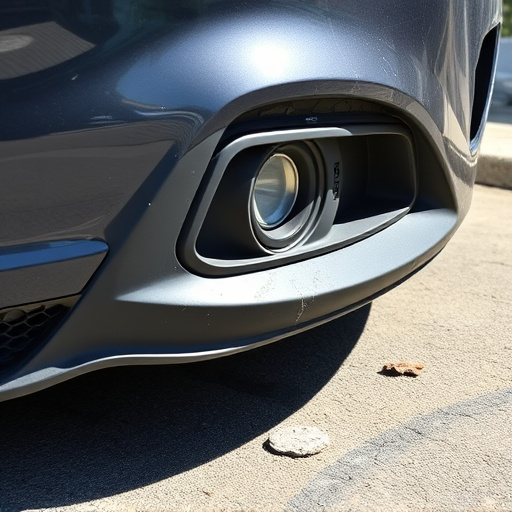
Tesla collision diagnostics are a sophisticated and crucial aspect of auto collision repair, specifically tailored to address frame and structural damage. These advanced systems go beyond traditional methods by employing a combination of sensors, cameras, and software algorithms to meticulously scan and analyze a vehicle’s frame for any signs of distortion or misalignment. This comprehensive approach ensures that even the slightest imperfection is detected, enabling technicians to perform precise repairs.
By leveraging Tesla collision diagnostics, auto glass repair and dent removal processes become more efficient and accurate. The system provides detailed reports on the extent of damage, helping technicians prioritize their efforts. Moreover, it aids in obtaining optimal alignment, which is critical for ensuring both structural integrity and the vehicle’s overall performance following an accident. This level of precision in auto collision repair not only guarantees the safety of the vehicle but also preserves its original aesthetic appeal.
The Process of Structural Damage Assessment in Teslas

Tesla collision diagnostics for structural damage involves a meticulous process designed to accurately assess and document any frame or component discrepancies. It begins with a comprehensive visual inspection utilizing advanced diagnostic tools that scan for subtle signs of deformation, misalignment, or damage hidden beneath the exterior. This initial step is crucial as it provides a baseline for understanding potential collision impact zones.
Following the visual assessment, specialized equipment such as laser measuring devices and 3D scanning technology are employed to quantify any deviations from the vehicle’s original factory specifications. These tools enable precise measurements of frame straightness, body panel alignment, and overall structural integrity. The data collected during this phase serves as a critical reference for determining the extent of required repairs, ensuring that every component is restored to its optimal condition through top-tier vehicle repair services offered at a collision repair center.
Benefits and Advanced Technologies in Tesla Collision Repair
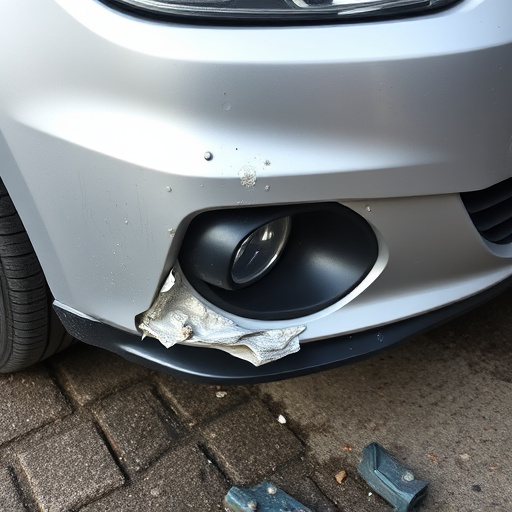
Tesla collision diagnostics have revolutionized the way structural damage is assessed and repaired. With advanced technologies like 3D scanning and computer-aided design (CAD), Tesla collision repair centers can accurately detect even subtle frame misalignments, ensuring that every part of the vehicle is restored to its original specifications. This level of precision not only guarantees superior vehicle restoration but also enhances safety, making the Tesla as good as new.
Moreover, these advanced technologies streamline the entire process, from initial diagnostics to final assembly. Specialized software allows for quick and accurate damage estimates, reducing downtime for both customers and service providers. Additionally, digital record-keeping ensures that all repairs are documented, facilitating easy tracking of vehicle history. This not only improves customer satisfaction but also serves as a testament to the quality and professionalism of leading collision repair centers offering Tesla vehicle repair services.
Tesla collision diagnostics have revolutionized how frame and structural damage is assessed, offering advanced technologies that ensure precise repairs. By employing sophisticated sensor arrays and computer-aided analysis, these systems provide a comprehensive view of a Tesla’s framework, enabling technicians to make informed decisions. This not only enhances the safety of these electric vehicles but also promotes environmentally friendly collision repair practices. With continuous advancements in Tesla collision diagnostics, the future looks bright for efficient, effective, and eco-conscious vehicle restoration.
